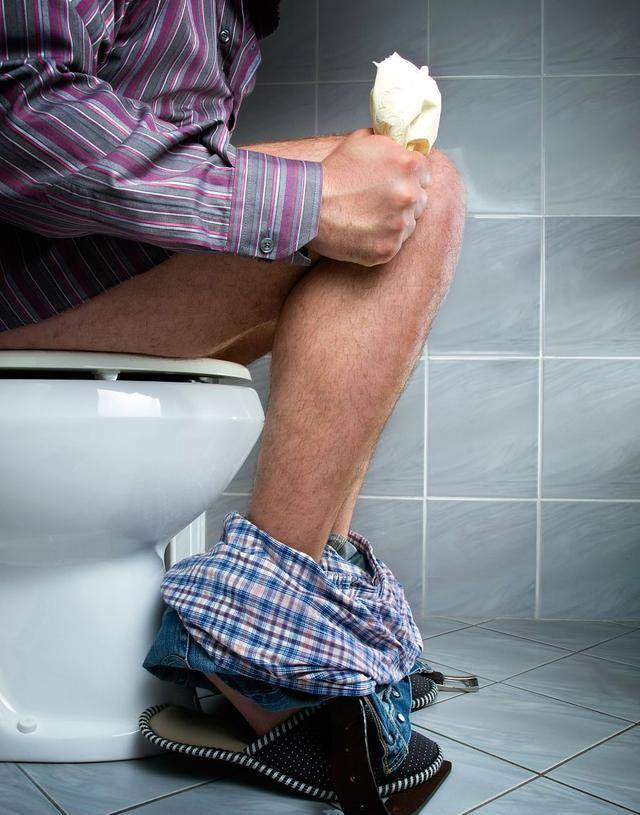For men, standing to urinate is not only a habit but also a societal expectation regarding gender roles. However, this habit can lead to urine splashing and affect hygiene. This issue is not without a solution; in fact, sitting to urinate might be a more hygienic and healthy choice for men.
1. Human Anatomy and Urination Mechanism. The human urinary system mainly consists of the kidneys, ureters, bladder, and urethra. The process of urination involves the storage and excretion of urine in the bladder, which is regulated by the autonomic nervous system. Compared to females, males have a longer urethra that passes through the prostate, forming a unique S-shaped curve. This structural feature of the urethra has a direct impact on the direction and dispersion of urine flow in different urination positions.
2. Issues with Standing to Urinate. Standing to urinate is a common habit among most men, offering advantages in terms of speed and convenience but also presenting several issues. Firstly, standing to urinate increases the distance of urine flow, leading to possible splashing, especially in public restrooms, affecting both personal and environmental hygiene. Secondly, due to gravity and the curvature of the urethra, standing to urinate may not facilitate complete bladder emptying, which could potentially result in bladder dysfunction over time.
3. Benefits of Sitting to Urinate. Comparatively, sitting to urinate offers multiple benefits over standing. Firstly, sitting can reduce urine splashing, maintaining personal and environmental hygiene. Secondly, sitting may facilitate better complete bladder emptying. Studies indicate that in a sitting position, the bladder and urethra are more aligned, aiding in reducing urine retention and lowering the risk of urinary tract infections. For men with prostate issues, sitting to urinate can alleviate symptoms and enhance quality of life.
4. Sociocultural Factors. Although sitting to urinate has its benefits, the widespread male practice of standing is influenced by sociocultural factors. In many cultures, standing to urinate is seen as a symbol of masculinity associated with strength, control, and independence. The design of public restrooms often caters more to the convenience of standing to urinate, further reinforcing this habit.
While standing to urinate may lead to urine splashing, this issue can be effectively controlled through proper hygiene practices and attention. In some cases, sitting to urinate might be more beneficial for certain men in fully emptying the bladder and reducing the risk of urological diseases. Every individual’s health and lifestyle habits are unique, so when choosing a urination method, it is advisable to consider personal health conditions and circumstances and opt for the most suitable approach.


